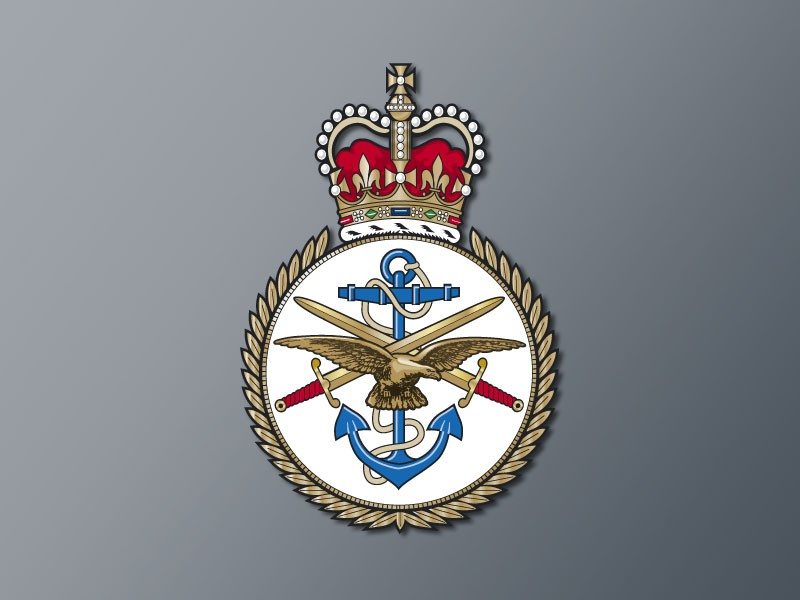The Royal Navy and the Army today released the details of their redundancy programmes to their personnel.
The specific trades and branches of each Service affected by the first tranche of their redundancy programmes, along with the numbers being sought from each area, have also been announced.
In October, following the Strategic Defence and Security Review (SDSR), the MOD announced that it would be reducing the number of military personnel by 17,000 across all three Services; 7,000 from the Army, 5,000 from the Royal Navy and 5,000 from the RAF. While some of these reductions will be achieved through a decrease in recruiting and not replacing those who leave, there will still need to be around 11,000 redundancies.
Each Service will run a number of redundancy tranches over the next four years with reductions planned to be fully achieved by April 2015. Although this is a compulsory programme, volunteers will be sought.
The Army has identified 150 redundancy fields by looking at where the Army is in surplus now and where it will still be in surplus in 2015. For this first tranche, there will be approximately 1,000 redundancies, half of which are expected to be volunteers. About 25 per cent of those being made redundant in this tranche will be officers, but no-one with less than eight years’ experience will be made redundant.
The first tranche of redundancies for the Royal Navy will result in a total of around 1,600 redundancies from across a variety of the Naval Service’s specialisations and branches, and will include ratings and officers up to the rank of captain. Those selected will be officers from the engineering, medical, warfare and logistics branches as well as junior ratings and senior ratings from a variety of branches.
Armed Forces Minister Nick Harvey said:
“We have to ensure that our Armed Forces are best structured for the challenges they face both now and in the future. That said, we would of course prefer not to have to make any of our personnel redundant, but unfortunately we inherited a huge deficit in the Defence Budget from our predecessors in government.
“On the dates redundancy notices are issued, no personnel preparing for, deployed on, or returning from combat operations and on post-tour leave will be made compulsorily redundant.”
Royal Navy and Army personnel will be informed through their chain of command if they are to be made redundant in this first tranche in September 2011.
Volunteers will then serve six months’ notice before leaving the Armed Forces while non-volunteers will serve 12 months’ notice.
All non-volunteers for redundancy will have the opportunity to apply for a transfer to an area of any Service that has shortages. These shortage categories will be published ahead of the redundancy announcements in September, along with the application process and selection criteria. Given that we are reducing the size of our Armed Forces these opportunities will, of course, be limited.
The UK is committed to the ISAF mission in Afghanistan and current operations in Libya, and changes made in response to the SDSR will have no impact on current operations. No-one who is preparing for combat operations, deployed on operations or on post-operational tour leave on the day redundancy notices are issued will be made redundant unless they have volunteered.
Personnel being made redundant will, as all other Service leavers do, receive help from the MOD to assist them in their transition back into civilian life. This includes a range of advice covering housing and finance as well as helping them to understand the civilian jobs market and how transferable their military skills are. The MOD will ensure that personnel are fully prepared and supported for their transition, with thanks for the service they have given to our country.










